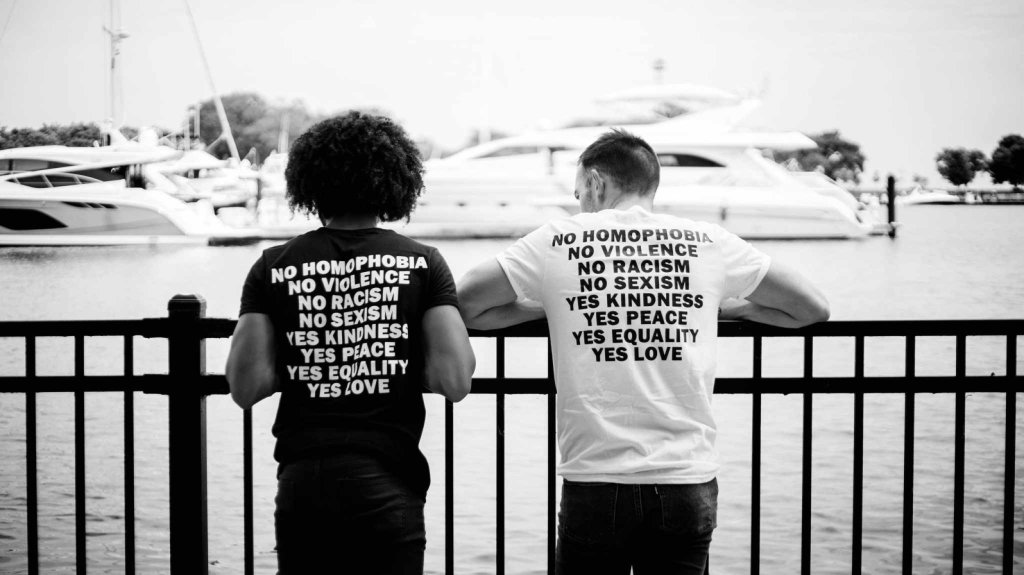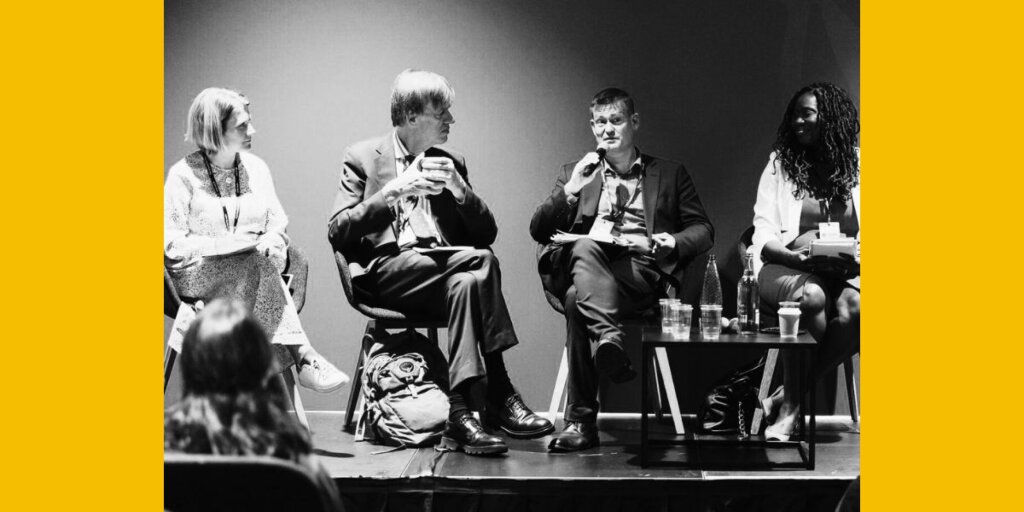Is Elon Musk right when he says that EDI (equality, diversity and inclusion) initiatives are discriminatory and must die? I saw an article on LinkedIn recently asking that very question to an audience of EDI consultants and the answers were, well, interesting.
Many of the respondents were outraged at such a suggestion (“doesn’t Musk know how important EDI is!”), others suggested that if white men are starting to feel oppressed then EDI initiatives must be working – with no apparent recognition of how such statements kinda prove Musk’s point. As far as I could tell, few had stopped to think about whether or not EDI (or at least EDI messaging) was in any way discriminatory and could potentially be causing more harm than good.
Putting to one side the cognitive dissonance the EDI consultants are likely to have experienced at the suggestion their work has failed, I think it’s worth giving Musk's comments some thought.
Those of us who work within the field of social justice know that equality, diversity and inclusion are about embracing difference and creating the conditions for everyone to thrive. We also know that to embody the principles of EDI doesn’t just improve the lot of people from under-represented groups but of everyone. We all benefit. Businesses are more successful, families are happier, relationships are healthier and so on...
And yet, many of the EDI initiatives I’ve seen are exclusive by their very nature and do little to remind people of the wider benefits of a more equal, diverse and inclusive society.
Why does this matter? Well, on the same day I saw the post about the failures of EDI, I also saw posts about rising antisemitism and islamphobia, about the popularity of anti-immigrant policies, and about the increasing strength of far-right parties across Europe, much of which has been achieved by very clever communications that are deliberately designed to instill fear of ‘the other’.
Far-right parties use fear, resentment and hatred towards others to position themselves as our saviours, as the parties who will protect us against invasion and make us great again. They deliberately play into people’s insecurities. And my view is that an unintended consequence of EDI initiatives is that they can contribute to these insecurities, creating resentment and further ‘othering’ of under-represented social groups, which in turn makes people more susceptible to far-right messaging.
Our EDI communications do not take place in a protective bubble. People do not read about women in leadership schemes or Black Lives Matter protests in isolation. They absorb these messages at the same time as they are targeted with very carefully framed political messages about why they should fear women, people of colour, immigrants etc.
Imagine, you’re a white man who has worked hard to achieve your career goals. You’ve got a wife and family to support and would like to move to a nicer area where the schools are better. A holiday in the sun would also be lovely. But interest rates and inflation mean everything is so much more expensive. You could really do with that promotion in work, but at work all they seem to care about is giving those promotions to women and people of colour. Why should they get all the luck? You’ve worked just as hard and are just as capable. And your mates down the pub all agree. Some of them share some social media posts by Elon Musk and Andrew Tate that make you feel like your fears are justified, and you soon find your support for diversity and inclusion waning.
There’s a bucket load of data that would suggest this scenario is more common than we realise.
For example, while conducting my research for Rogare’s Gender Issues in Fundraising project, I found multiple studies that show how men who feel they are being over-looked at work because of gender equality initiatives will actively, albeit quietly and often unconsciously, sabotage the initiatives. Similar psychological drivers also impact initiatives aimed at improving racial and class diversity.
Conversely – and what gives me hope – is that people are much more supportive of such initiatives they perceive to be fairer and which offer benefits for all, rather than select groups.
This suggests that with the right framing, EDI initiatives have the potential to make a real difference (and prove Elon Musk wrong).
So, what do I mean by ‘right framing’? The right frame is entirely dependent on the case in question, but some things to think about when designing EDI-focused messaging, include:
Who is going to see this messaging besides your target audience? What role might they play in helping or hindering you in achieving your goal? Can non-target audiences sabotage your schemes? For example, if you need male line-managers to nominate female colleagues for leadership schemes, they need to buy-in as much as the women you want to participate.
What are the frames your audiences already hold on these issues? Which media do they read? What social media groups are they in? Who else is talking to them about these issues or similar? What experiences might they have had which will influence attitudes and behaviours? A prime example of this is how Gen Z and Millennials are widely believed to be more ‘woke’ than older generations, yet only 55% of men aged 18 to 49 currently consider sexual harassment a major problem – a 16 point drop since 2017 (according to a Gallup poll). At the same time, Andrew Tate has very successfully tapped into the fears and insecurities of young men and indoctrinated large numbers of them with misogynistic views.
‘What’s in it for them?’ Self-interest is believed to be as in-ground in us as our sexuality. We wouldn't expect people to change their sexuality so we shouldn’t expect them to act against their self-interest either. How can you show people the benefits (for them and the people they love) of whatever it is you want them to engage with?
Who is the messenger? Do they create trust and confidence in recipients of your messaging?
Think hearts and minds. People don’t make decisions based on facts alone. It’s always emotion that pushes us over the line.
Take into account cognitive dissonance. People rarely respond well to being told they’re wrong, particularly if their views are tied to their identity and moral code. Find ways to take them on a cognitive journey so they find their own way to where you want them to be.
Use language that is familiar to your audience. Avoid jargon at all times.
What do you think? Do you agree that EDI messaging can sometimes have unintended consequences?
What else should we be thinking about when framing communications that aim to change public attitudes and behaviours?





